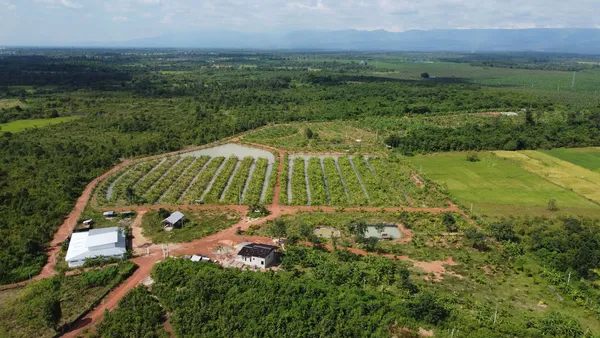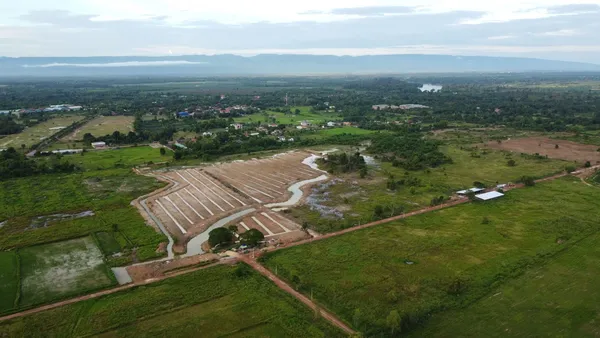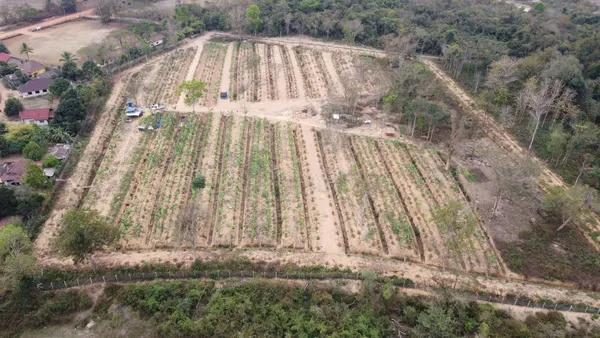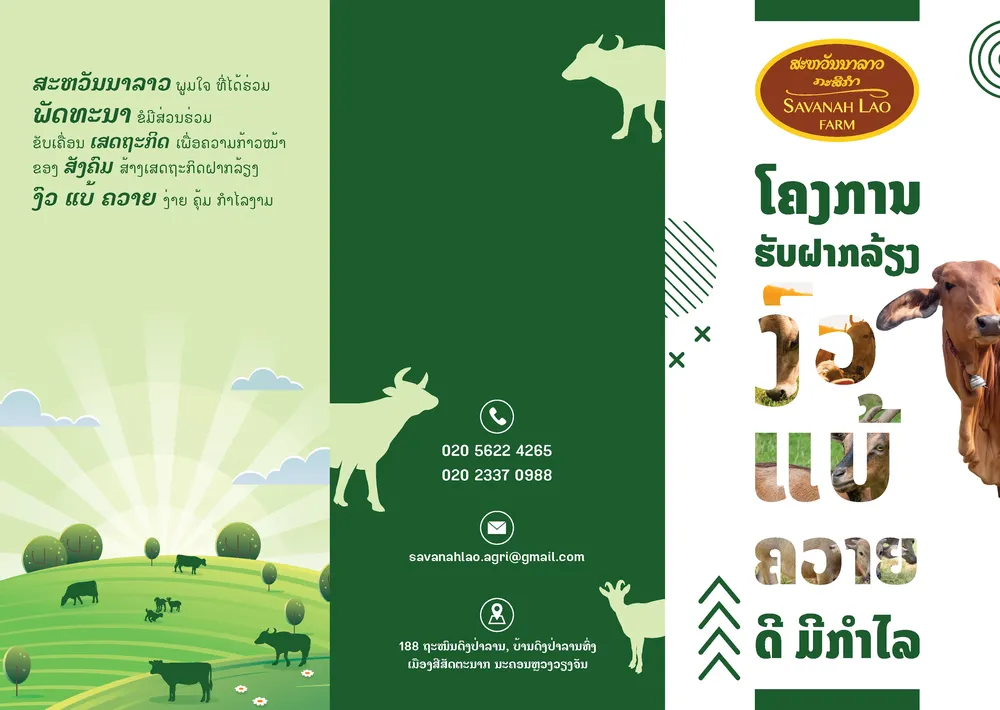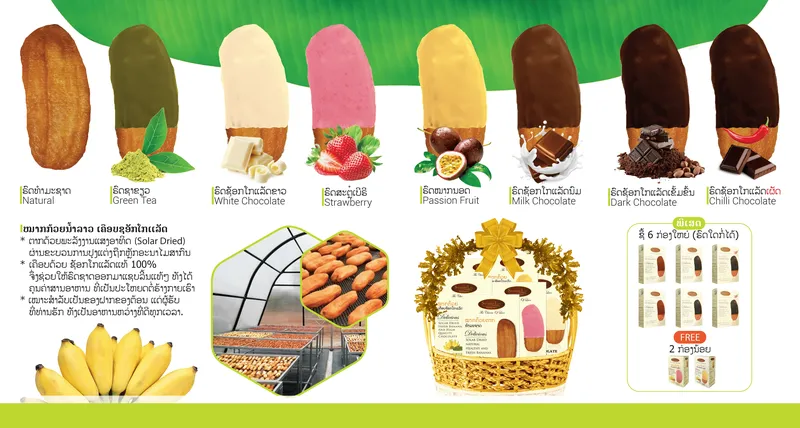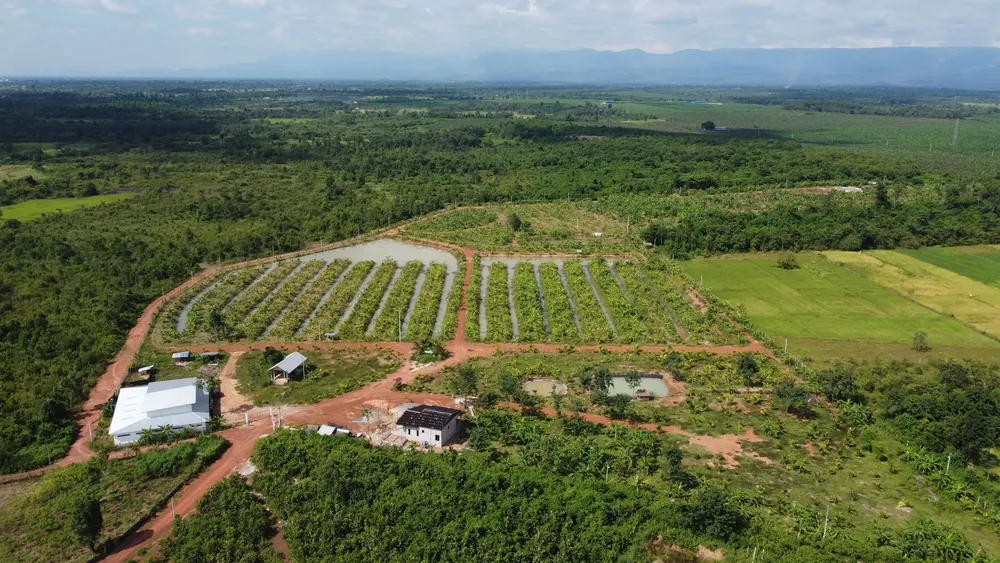
About Us
Savanah Lao Agriculture Background
+ The name SavanahLao meaning “field of heaven in Laos”, reflects the richness of minerals and the abundance of rivers that flow through the land.
+ With the increasing global population and natural disasters affecting food supply, Lao PDR is poised to become a key food supplier for Asia and the world.

Project Background
Planting Coconut
+ Creating a sustainable economy by producing to consume and maximizing profit – generating jobs within 6 months.
+ Producing food to supply the market with fresh plants for sustainable projects, reducing cost while increasing income.
+ Capitalizing on potential to export coconut products, with a goal to plant a million coconut trees in 5 years and promote aromatic coconut products for bulk exports.
Project Video Gallery
Landscaping and Design
Transforming landscapes with innovative designs that enhance both beauty and productivity.
Integrated Agro-Farming Model Farm
Showcasing sustainable farming methods that maximize yield while preserving the environment.
Land Survey and Drone Mapping
Using advanced drone technology to map and survey land for optimized farm planning.
Farm Video Production
Capturing the journey from farm to table through professional video storytelling.
Product
The coconut tree is highly versatile. Nearly every part can be used to create various products. Explore the breakdown below:
1. Coconut (Fruit)
• Coconut Water: Beverage from young coconuts.
• Coconut Milk: Used in cooking.
• Coconut Oil: For culinary, cosmetic, and industrial uses.
• Desiccated Coconut: For baking and cooking.
• Coconut Meat (Copra): Dried flesh used for oil extraction or food products.
• Coconut Flour: A gluten-free alternative.
• Coconut Cream: A thicker cooking ingredient.
• Coconut Vinegar: Derived from coconut sap.
• Coconut Sugar: Natural sweetener from sap.
• Coconut Chips: Dried snack option.
• Coconut Butter: Spread made from ground coconut meat.
• Coconut Honey: Sweetener derived from sap.
2. Coconut Shell
• Coconut Shell Charcoal: For biofuel and activated carbon.
• Coconut Shell Handicrafts: Decorative items and utensils.
• Coconut Shell Powder: Used in industrial materials.
3. Coconut Husk
• Coco Peat (Coir Pith): Soil substitute for horticulture.
• Coconut Fiber (Coir): For ropes, mats, and brushes.
• Coir Mats and Carpets: Made from husk fibers.
• Coir Geotextiles: Erosion control applications.
• Coir Twine: For gardening and binding.
4. Coconut Leaves
• Roof Thatching: For traditional roofing.
• Baskets and Handicrafts: Woven from dried leaves.
• Coconut Leaf Midribs: For brooms and skewers.
• Fencing and Screens: For creating barriers.
5. Coconut Trunk (Wood)
• Coconut Wood: For furniture and construction.
• Coconut Lumber: Durable material for framing and decking.
• Coconut Wood Handicrafts: Decorative and household items.
6. Coconut Roots
• Dye: Natural dye from roots.
• Medicinal Uses: Traditional remedies.
7. Coconut Flower
• Coconut Toddy (Tuba): Fermented drink.
• Coconut Syrup: Natural sweetener.
• Palm Wine: Alcoholic beverage from sap.
8. Other By-products
• Coconut Charcoal Briquettes: Renewable cooking fuel.
• Activated Carbon: For purification purposes.
• Animal Feed: Coconut meal after oil extraction.
Total Possible Products: Over 30 distinct products can be derived from different parts of the coconut tree, highlighting its versatility as the "Tree of Life."
Aerial Photos
Out Projects
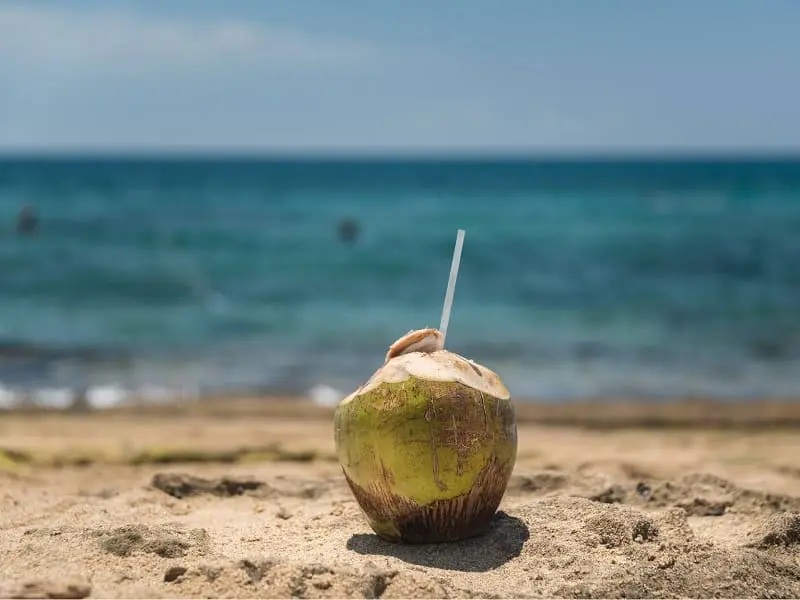
Want to invest?
Reach us now!00
Agriculture Products
00
Projects Completed
00
Satisfied Clients
00
Expert Farmers
From the blog post
Latest News from SavanahLao
Check out our blogs and latest news from our team. Find out other products and services we offer!



